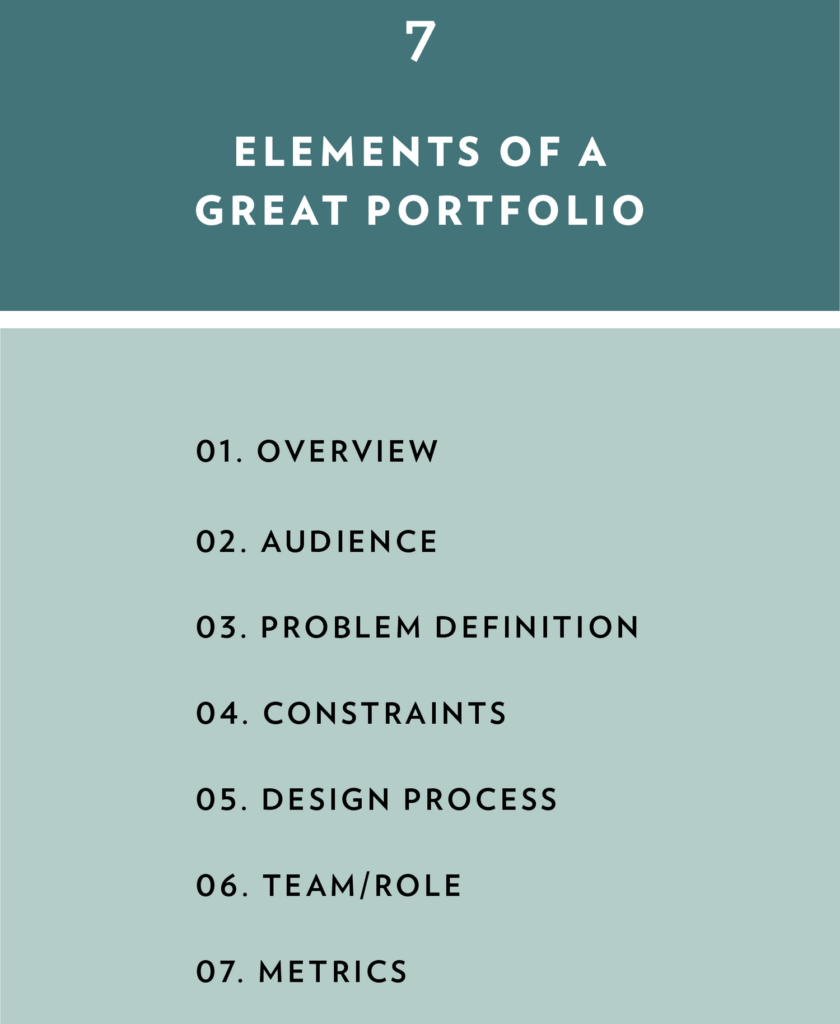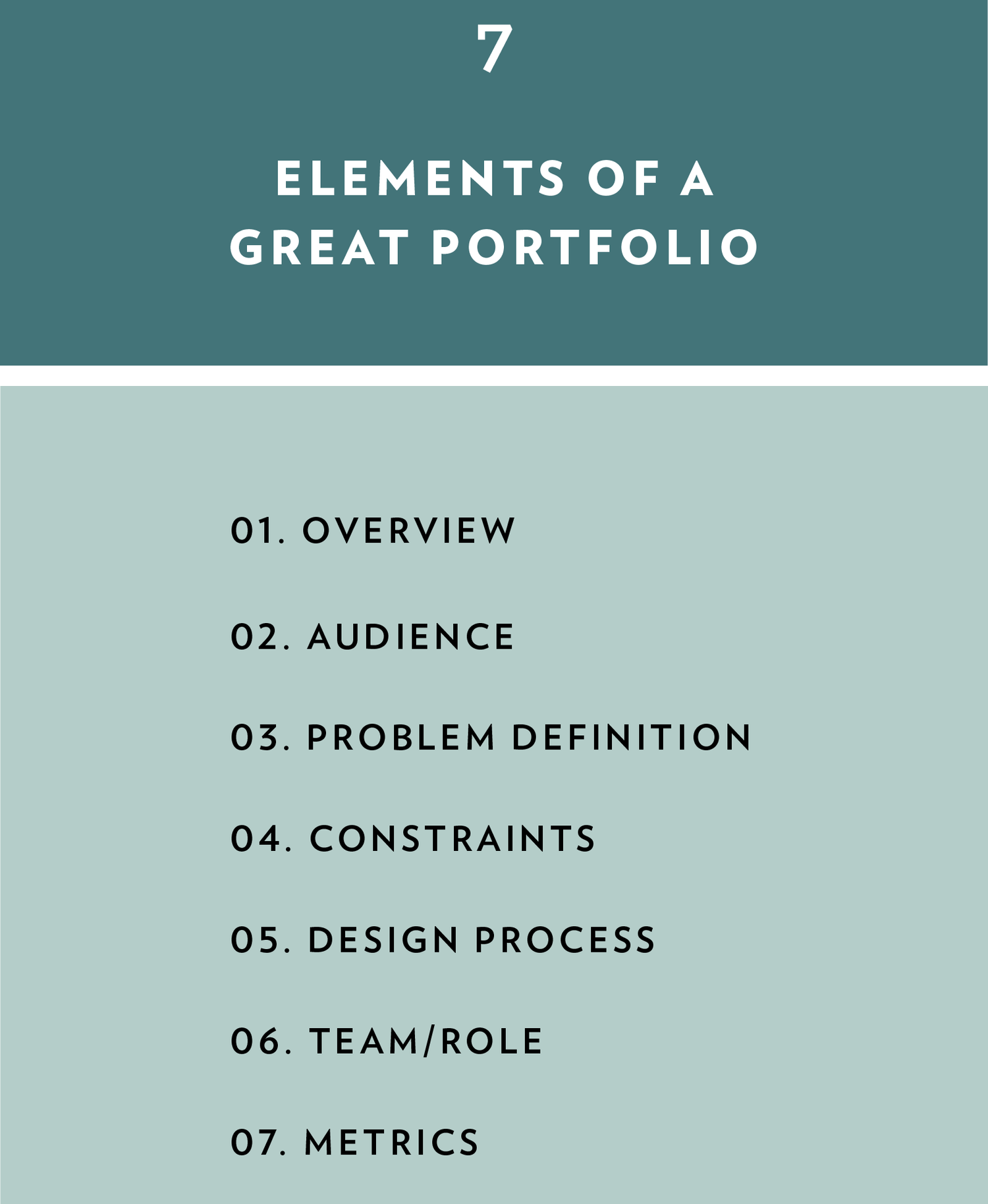
Introduction
In the ever-evolving IT industry, distinguishing yourself can be a significant challenge. Crafting an effective IT portfolio is crucial for highlighting your skills, experience, and achievements. Whether you’re a veteran in the field or just beginning, a well-designed portfolio can be instrumental in capturing the interest of potential employers or clients. Here’s a step-by-step guide to help you create a standout IT portfolio.
1. Identify Your Goals and Audience
Start by clarifying the purpose of your portfolio and understanding who will view it. Are you targeting a specific IT role, looking for freelance opportunities, or showcasing your expertise for academic reasons? Knowing your audience will guide you in tailoring your portfolio to meet their specific needs and expectations.
2. Select the Right Platform
You have several options for hosting your IT portfolio:
– Personal Website: A custom website provides maximum flexibility and professionalism. Platforms like WordPress, Wix, or Squarespace can assist in creating a polished, functional site.
– GitHub: For developers, GitHub is ideal for displaying coding projects and collaborative work.
– LinkedIn: While it’s primarily a networking site, LinkedIn allows you to organize and present your skills, projects, and endorsements effectively.
Choose a platform that suits your technical skills and aligns with the impression you want to make.
3. Prioritize Usability in Design
An effective portfolio should be both visually appealing and easy to use:
– Simple Layout: Opt for a clean, straightforward design that focuses on your content. Avoid excessive clutter and make use of whitespace.
– Navigation: Ensure that your portfolio is easy to navigate with a clear menu featuring sections like “About Me,” “Projects,” “Skills,” and “Contact.”
– Responsive Design: Your portfolio should look great on various devices, from desktops to mobile phones.
4. Highlight Relevant Projects
Showcase projects that are pertinent to the roles or opportunities you are pursuing. For each project, include:
– Project Overview: Briefly describe the project, your role, and the technologies utilized.
– Challenges and Solutions: Detail any obstacles you encountered and how you addressed them to demonstrate problem-solving abilities.
– Results: Highlight the impact of the project, such as improvements in efficiency, user engagement, or successful implementation.
– Visuals: Add screenshots, diagrams, or links to live demos to make your work more tangible and engaging.
5. Demonstrate Your Skills
Besides showcasing projects, clearly exhibit your skills:
– Technical Skills: List the programming languages, tools, and technologies you are familiar with.
– Certifications and Training: Include relevant certifications or courses you have completed.
– Soft Skills: Emphasize key soft skills like teamwork, communication, and problem-solving, which are important in IT roles.
6. Include Endorsements and Recommendations
Recommendations from colleagues, clients, or supervisors can enhance your portfolio’s credibility:
– Testimonials: Add brief quotes from people you’ve worked with, praising your skills and work ethic.
– Recommendations: Incorporate LinkedIn recommendations or letters of recommendation from previous employers or clients.
7. Keep Your Portfolio Updated
An outdated portfolio can hurt your chances. Regularly refresh your portfolio with new projects, skills, and achievements. Set a schedule to review and update it periodically to ensure all information is current and accurate.
8. Emphasize Quality Over Quantity
Focus on showcasing a few high-quality projects rather than a large number of lesser-quality ones. Choose projects that best reflect your skills and accomplishments.
9. Optimize for Search Engines
If your portfolio is online, optimizing it for search engines can increase its visibility. Use relevant keywords, write clear descriptions, and ensure your site is technically sound to improve search engine rankings.
10. Seek Constructive Feedback
Before finalizing your portfolio, seek input from peers, mentors, or industry experts. Constructive feedback can help refine your portfolio and ensure you present yourself effectively.
Conclusion
Creating a standout IT portfolio requires thoughtful planning, a focus on design, and regular updates. By highlighting relevant projects, showcasing your skills, and maintaining a professional presentation, you can make a strong impression in the competitive IT field. Remember, your portfolio is a reflection of your skills and potential—make it exceptional!

